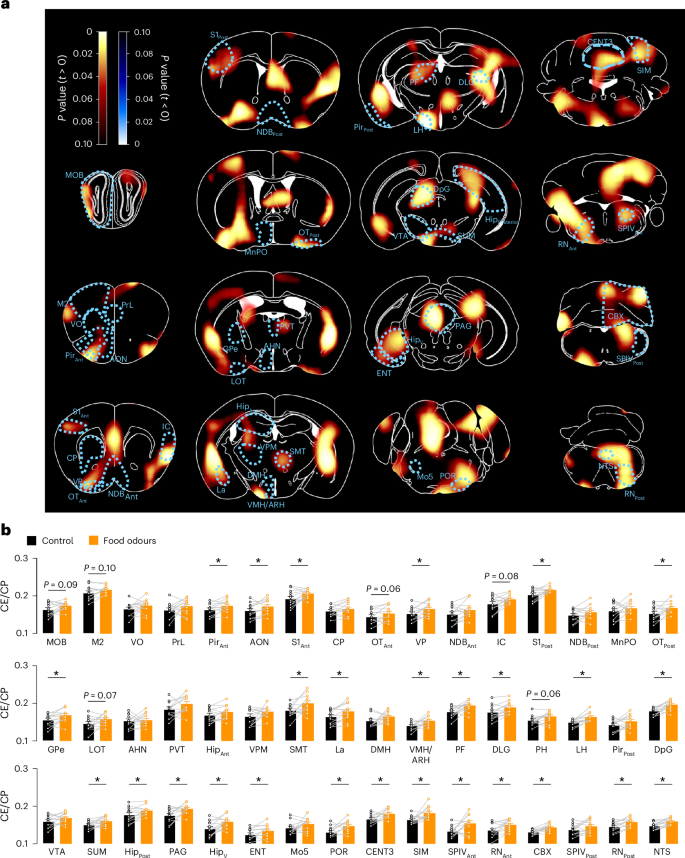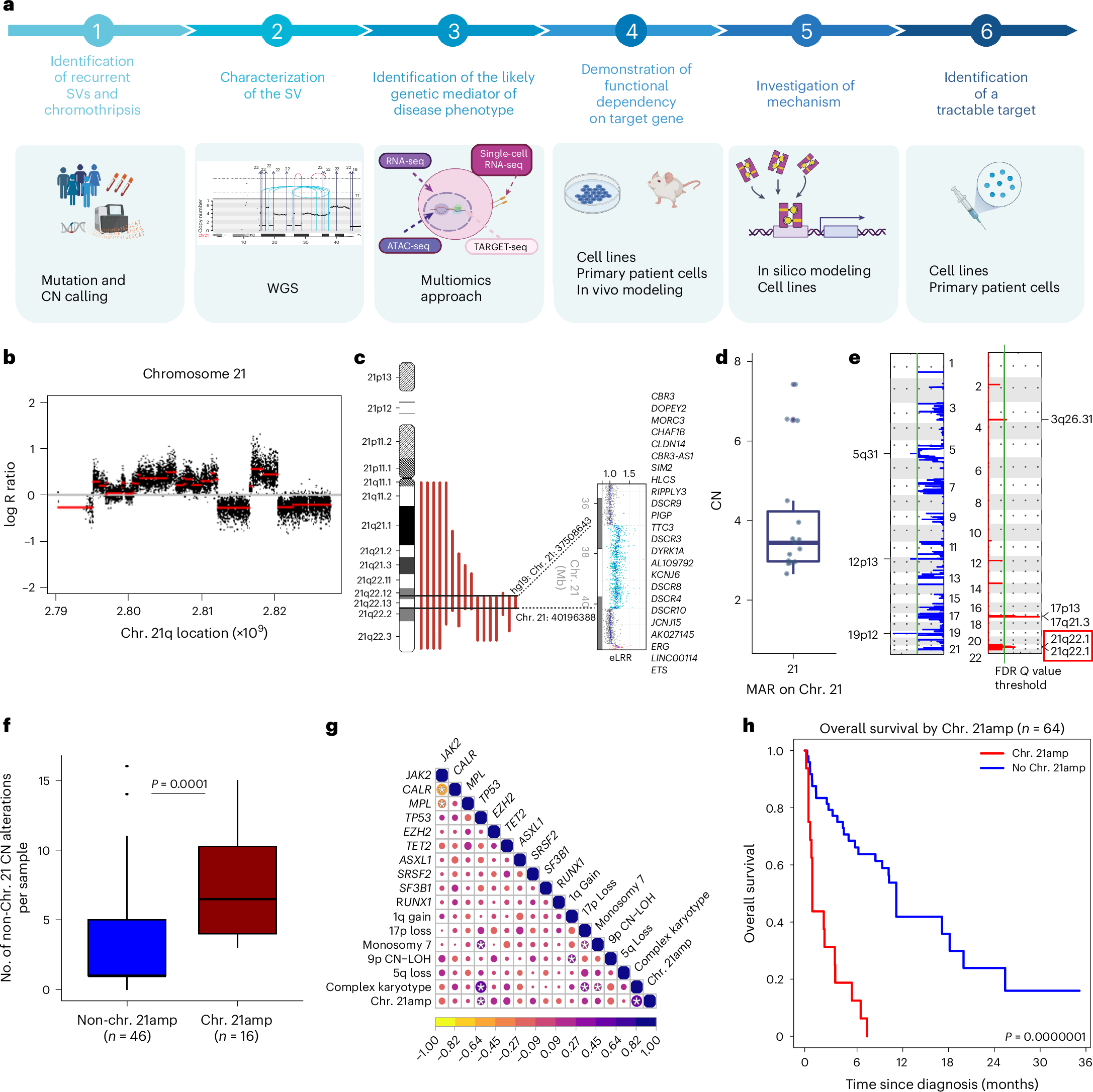2025-06-11 マックス・プランク研究所
<関連情報>
- https://www.mpg.de/24854460/0610-neur-sniffing-out-hunger-a-nose-to-brain-connection-linked-to-appetite-153735-x
- https://www.nature.com/articles/s42255-025-01301-1
食物感受性の嗅覚回路が予期的な満腹感をもたらす A food-sensitive olfactory circuit drives anticipatory satiety
Janice Bulk,Joscha N. Schmehr,Tobias Ackels,Rui de Oliveira Beleza,André Carvalho,Ayden Gouveia,Lionel Rigoux,Vincent Hellier,Anna Lena Cremer,Heiko Backes,Andreas Schaefer & Sophie M. Steculorum
Nature Metabolism Published:11 June 2025
DOI:https://doi.org/10.1038/s42255-025-01301-1

Abstract
Food sensory perception has emerged as a potent regulator of specialized feeding circuits; yet, the consequences on feeding behaviour and the underlying neuronal basis remain poorly understood. Here, we reveal a sensory pathway that co-ordinately integrates food odours to control forthcoming nutrient intake in male mice. Unbiased whole-brain mapping of food odour-induced brain activity revealed a potent activation of the medial septum (MS), where food odours selectively activate MS glutamatergic neurons (MSVGLUT2). Activity dynamics of MSVGLUT2 neurons uncovered a biphasic modulation of their neuronal activity with a transient activation after detection of food odours and a long-lasting inhibition following food ingestion, independent of the caloric value and identity of the food. MSVGLUT2 neurons receive direct projections from the olfactory bulb (OB) and acute optogenetic stimulation of OB→MS projections selectively before food ingestion decreased feeding in lean mice. However, acute OB→MS optogenetic stimulation in diet-induced obese mice failed to reduce feeding, suggesting the involvement of this pathway in calorie-rich diet-induced hyperphagia and obesity development. Altogether, our study uncovered a sensory circuit by which the organism integrates olfactory food cues to prime satiety at the outset of a meal.



